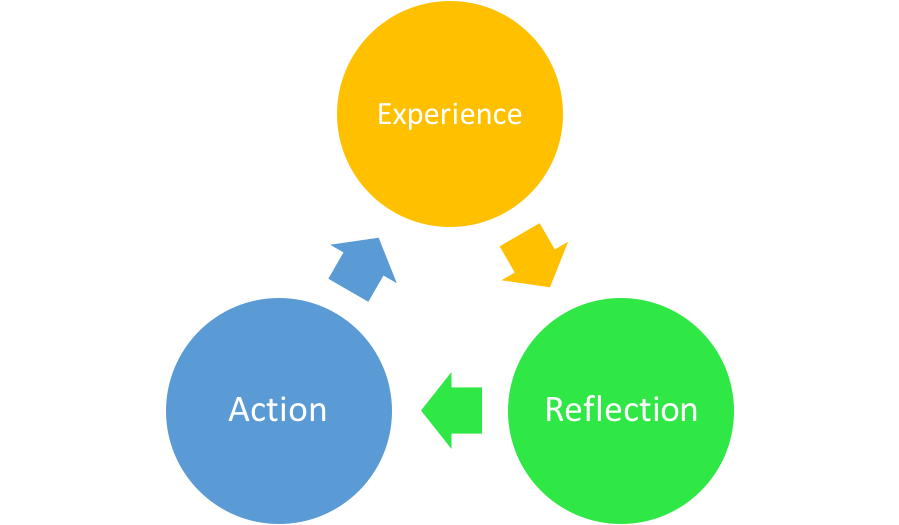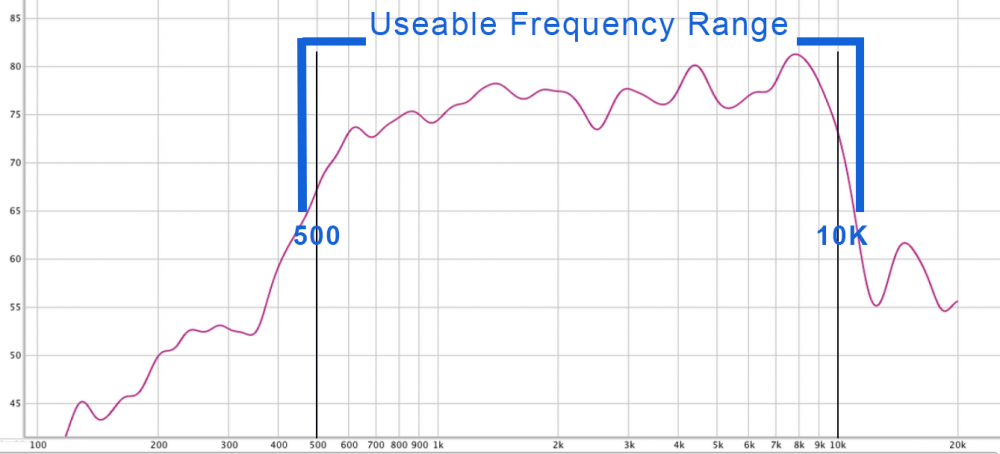Orchestrated Chaos.
My time at the BBC has been a relatively relaxed experience, each day was much more of a learning curve than an over exertion of physical or mental labour. However, utilising the ERA cycle I will observe and reflect one specific shift with the BBC, which posed various challenges in one long sitting. This cycle has the ability to “form the fundamental building block of reflective practice” (Jasper, 2013) and highlights that “everything that happens to us can be seen as an experience that can be reflected on and learned from” (Jasper, 2013).


Ulster Orchestra were set to perform an evening of live music at the Ulster Hall. The BBC were employed to record this evening with 1000 audience members and ensure the live sound was correct. Not to mention, make sure the performance, including presenters’ scripts, talks, audience interaction and use of microphones was seamless as this was set to be broadcast across Northern Ireland. Safe to say, it was a big task and a long day. This was not so much a “bad” experience as much as a challenging one. We began at 10 AM on the stage and this is where the main element of the day peaks its head, the need for peers. “Whilst reflective practice can be a solitary pastime, peers have a definite role to play in helping and supporting each other” (Helyer, 2015). There were 4 of us from the BBC, 2 interns and 2 seniors. We worked together to set up microphone stands and ensure with our limited resources; we could hear every single player of the orchestra. This meant doubling up microphones where we may have not had enough for individual placement. I believe strings and brass had a few of these, this wasn’t such a big issue though as we had an XY pair of room microphones set from the ceiling, essentially giving a stereo overview of the orchestra.

This was perfect for capturing an overall sound to meld into the mix later on. This was not an easy feat to set up and was quite demanding physically, especially with hanging the XY pair from the Ceiling. It was a three-man job, one up in the attic dropping down XLR attachments while two on the stage attach the hanging microphones and then lift the frame into place. On reflection, with some better visual aids given to set up the microphones, we may have had this completed a lot more efficiently. The sheets of paper were not always clear on what the routing of the microphone cables were. To act on this situation, I would request a quick brief before we started for me and the other intern. This would mean we would have a much clearer knowledge on where microphones signal paths were heading in the building, then we could visualise a safe and secure layout for the stage.

“Your ears are one of the only senses that aren’t ever turned off” (Swallow, 2012), and in this situation that can be a blessing and a curse. As the 4 of us entered the mixing room at the top of the Ulster Hall, post setting up the microphones, we knew our ears would be prepared as we had given ourselves a sufficient break from the sound of the hall, any music, and the orchestra themselves. It is known by audio engineers that you should “Move quickly and impulsively through the mix” (Behind The Speakers, n.d.). This ensures that you are not second guessing already good choices and are not wasting time on the nitty gritty that very few people can hear. “The ear is most sensitive to midrange frequencies” (Othleten, 2018), so as everyone’s ears are different, the focal element of a mix universally would be the mid-range. “A Mix is won in the mid-range” (Othleten, 2018), especially with an orchestral number of instruments. The curse, however, was how fatigued everyone and their ears were. By this point we had been working for 7 hours, and only now were we ready to set the levels of each individual microphone as well as create a professional mix 2 hours before the show. Upon reflection, it was good there was four of us alongside a producer, it meant we had multiple sets of ears to pick up any discrepancies, however it led to a ‘too many cooks’ situation. There was no disagreement but definitely too many idealistic edits with too little time to complete them. If I were in a similar situation again, I would suggest perhaps focusing on the core values of a mix, Balance and Panning. In this orchestral situation and the live setting, the microphones are only amplifying what is already on stage, the bigger focus is perfecting a broadcast mix here. The key to that, is balance of the midrange, since people will be listening in cars and on their phone speakers.

To conclude, while this may seem not so challenging, I contest that it was. By the end of the shift, 13 hours had passed, and all physical gear had been put up and taken down. We had also listened to the same pieces around 10-15 times, as well as had to keep a focussed eye/ear on the mix at all times, in the live performance and beforehand. If a microphone had broken, there was a backup option. We had worked ruthlessly to ensure there was always a backup and it was impossible that the performance couldn’t make it to broadcast. Upon reflection, with some stronger planning from everybody in terms of day structure and set up, we may have not felt so challenged by this. I think next time, I would ensure a strong night’s sleep, to be constantly energised and hydrated while also ensuring that regular breaks are taken from listening and the environment itself, to provide less fatigue throughout this very long shift.
Bibliography
Behind The Speakers, n.d. Behind The Speakers. [Online]
Available at: https://behindthespeakers.com/7-strategies-revolutionize-mix/
[Accessed 3 March 2023].
Helyer, R., 2015. Learning through reflection: the critical role of reflection in work-based learning (WBL), s.l.: Emerald Group Publishing Limited.
Jasper, M., 2013. Professional Development, Reflection and Decision-Making In Nursing and Health Care. Second Edition ed. s.l.:John Wiley & Sons.
Othleten, W., 2018. Mixing with Impact. 1st edition ed. s.l.:Routledge.
Swallow, D., 2012. Live Audio: The Art of Mixing a Show. s.l.:Taylor and Francis Group.
You May Also Like

“Fake it ‘til you make it!”: Finding Success in a Simulated Interview
22 February 2023
The World of Theatre upon Reflection
30 November 2022
